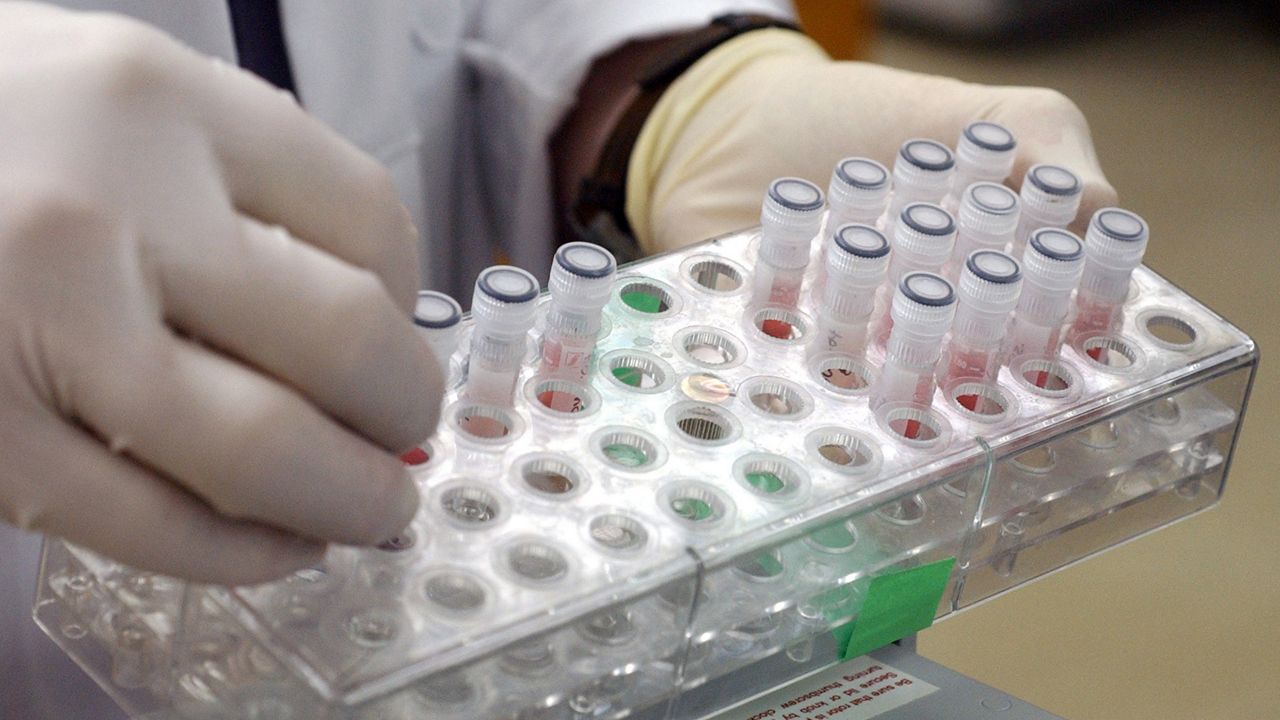OHIO — Officials informed the Ohio Department of Health (ODH) this week that state residents were on flights with a passenger who had monkeypox, according to a press release from Ohio Emergency Services (OES).
The Centers for Disease Control and Prevention (CDC) confirmed the first U.S. case on July 15 after the passenger recently returned from Nigeria. According to OES, the flights the individual was on include ones from Lagos Murtala Muhammed International Airport in Nigeria to Hartsfield-Jackson Atlanta International Airport in Georgia on July 8 and Atlanta, Georgia to Dallas Love Field Airport in Texas on July 9.
"The Ohio Department of Health was recently informed that there may have been Ohio residents on these flights, and the CDC is in the process of contacting airline passengers and others who may have had contact with this citizen. The mandatory requirement to wear masks on all flights and in airports makes the risk of respiratory droplet transmission of monkeypox to others low," OES wrote.
It's not known how many Ohio residents were on the flight.
U.S. officials are currently monitoring more than 200 people in 27 states for possible monkeypox transmission, according to the CDC. None of them are being considered high risk for the disease.
Monkeypox is rare and was first detected in humans in Africa in 1970, according to the CDC. However, officials detected the disease in animals far before then in 1958. The last time the disease was found in the U.S. was in 2003, and more than 37 cases were confirmed and 10 were listed as probable.
Transmission can be through bodily fluid or respiratory droplets.
The incubation time, which is the amount of time between infection to symptoms, is seven to 14 days, but it could range from five to 21 days. Symptoms include headache, fever, backache, muscle aches, swollen lymph nodes, chills and exhaustion. Eventually, pus-filled blisters show up on the skin.
The illness lasts for two to four weeks. Usually within three days, those infected produce a fever which is then followed by a rash, spreading from the face to other parts of the body.
The CDC said there's no safe treatment for monkeypox.
For patients with suspected or confirmed monkeypox, OES recommends clinicians should perform the following:
- Wear personal protective equipment (PPE) in accordance with the CDC’s recommendations for standard, contact, and airborne precautions
- Take measures to minimize aerosolization and spread of the patient’s respiratory particles (apply a surgical mask to the patient, avoid nebulized medications, and, if available, place the patient in a negative pressure room)
- Communicate the importance of maintaining proper isolation precautions so that infection is not transmitted to themselves or others
- Notify the ODH immediately at (614) 722-7221



